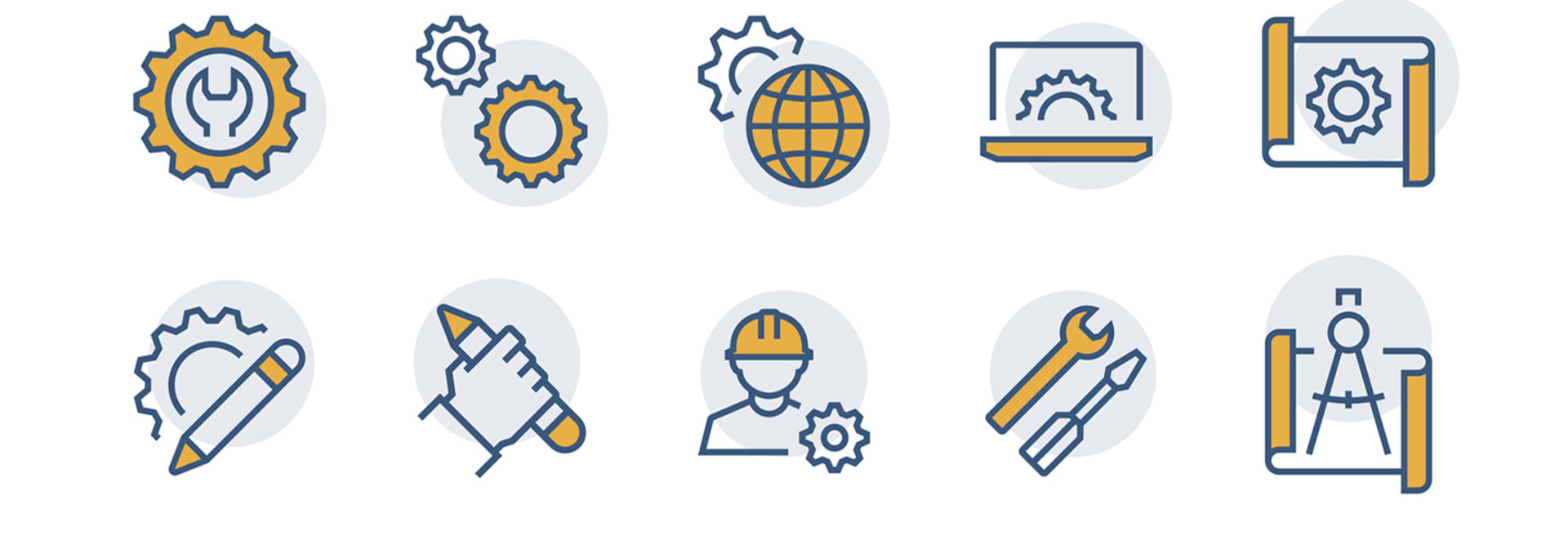Q&A: Christine Cunningham Proves Even Elementary Students Can Be Engineers
In recent years, there has been a big push to keep women and other minorities interested in science, technology, engineering and mathematics (STEM). Demystifying the complex topics through teaching things like computational thinking has become a popular method.
Engineering is Elementary is a 2017 McGraw Prize-winning curriculum developed by the Museum of Science in Boston to help break down engineering processes into hands-on activities.
We talked with the program’s founder and director, Christine Cunningham, about how a new approach can get more students interested in STEM.
SIGN UP: Get more news from the EdTech newsletter in your inbox every two weeks!

EDTECH: Were you always interested in exploring STEM education?
CUNNINGHAM: My interest was really in a couple of things. One was why my female friends were leaving science. I knew based on experiments I had done with my mom at home that science was interesting and I couldn’t understand why kids wouldn’t want to be in it. But, what I was experiencing in school wasn’t the same kind of experience I was having at home.
I got really interested in the idea of making sure that the science education experience of underrepresented and underserved kids reflected the excitement of the field as I know it.
EDTECH: How did you land on the topic of engineering?
CUNNINGHAM: When I was working in environmental science with my graduate advisor, who had a background in engineering, we tried an engineering design challenge as part of the curriculum. I noticed immediately that students who weren’t necessarily flourishing in standard science classes were winning the peer-reviewed congresses we were holding. That really got me thinking about what is different about engineering and how we can engage students in different ways.
EDTECH: How did Engineering is Elementary stem from that realization?
CUNNINGHAM: We realized that we needed to start at the elementary level, before some of the stereotypes about who can be an engineer and what an engineer is were formed.
We first sought to look at what the study of the human-made world would look like in an elementary school setting.
The engineering design process can help us solve engineering problems, but it can also help solve myriad other problems. So if we can equip our students with a mindset and a set of habits of mind that allow them to encounter problems they’ve never seen before, I think we equip them for the future in better ways than traditional science can.
That’s what we’re ultimately trying to do, and hopefully by exposing them to engineering along the way, students may want to pursue that field as well.
EDTECH: Engineering can be quite complex. How are you able to convey this topic to young students?
CUNNINGHAM: It’s much more salient at a younger level, because you must distil the central aspects of engineering even more. I read a lot of literature and talked with a lot of engineers, and we decided that the most central aspects of engineering that kids should walk away with are that engineers solve problems using a process, and it’s not a lockstep process.
Engineers must identify the problem they are trying to solve, propose various solutions, test them out, gather data and use that all again. It’s an iterative process. No matter what the exact field is, that goes across all engineering.
In general, if kids can understand that this process is how all of these technologies and products around them come to be, that is the primary goal.
The second really big thing we want to teach students is that different materials have different properties, and those properties help you determine what is best to solve a problem. If I ask students to make a device that picks up and drops off pollen on a flower and I give them a marble, a pompom, a pipe cleaner and an eraser, they can tell me that the pipe cleaner is best because it is fuzzy. The students can systematically look at the available materials and then choose the one in an informed way that will create a strong solution.
EDTECH: How does your curriculum intersect with technology?
CUNNINGHAM: Technology goes beyond electronics into a myriad of human-made objects students interact with every day. We try to help children build that broad definition so they can see the role engineers play in the world around them.
Electronics and digital technology are very important, but they aren’t all that engineers do. You have systems and processes that are more hidden.
EDTECH: What are some best practices for educators looking to incorporate the engineering design process?
CUNNINGHAM: We have an experience where we ask teachers or students to solve a simple problem, like building a tower out of index cards that is a certain height and supports a certain weight. We like to point out when everyone is done that they all tend to use a similar set of steps. We have a natural inclination to problem solve; engineering is just generating a standard for what the process of problem solving looks like.
As we go into classrooms, we encourage teachers to really work with their students so they walk away with not only the understanding but also the skills that they can bring to problems to help navigate them.









